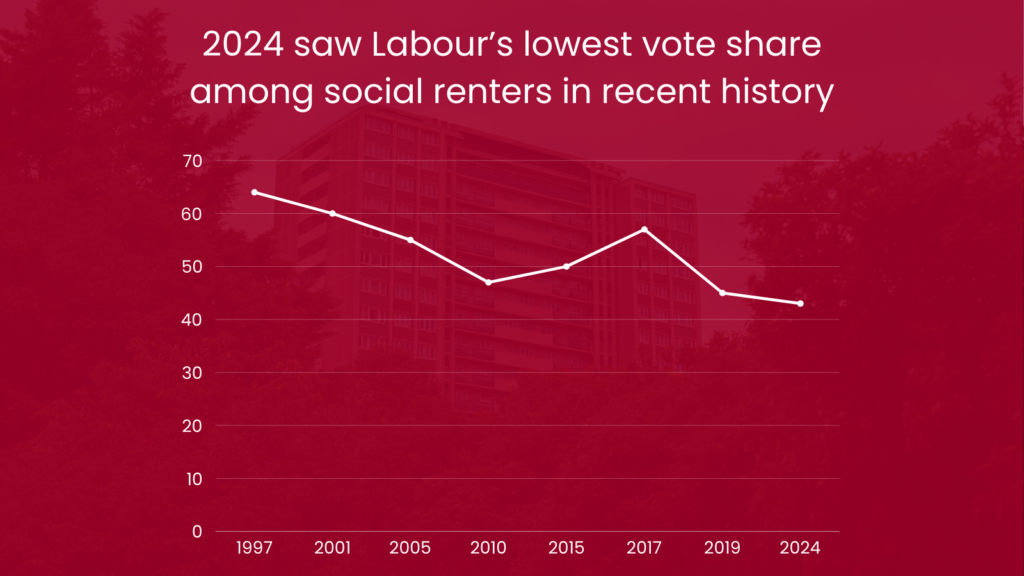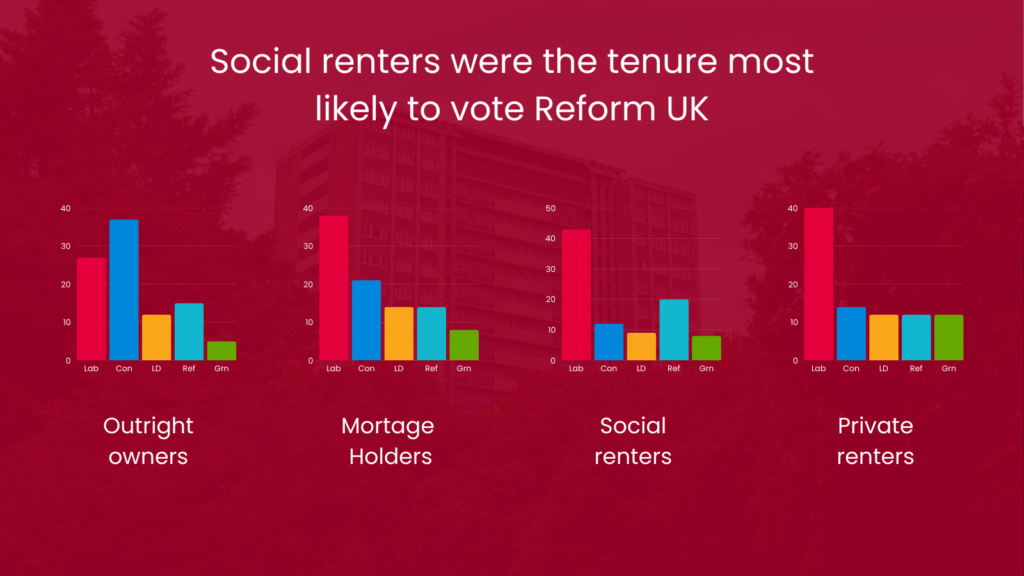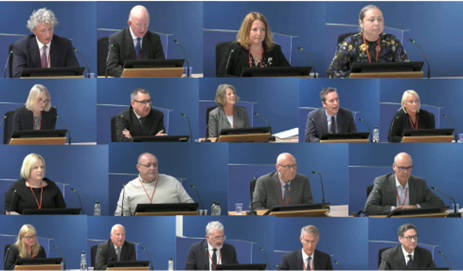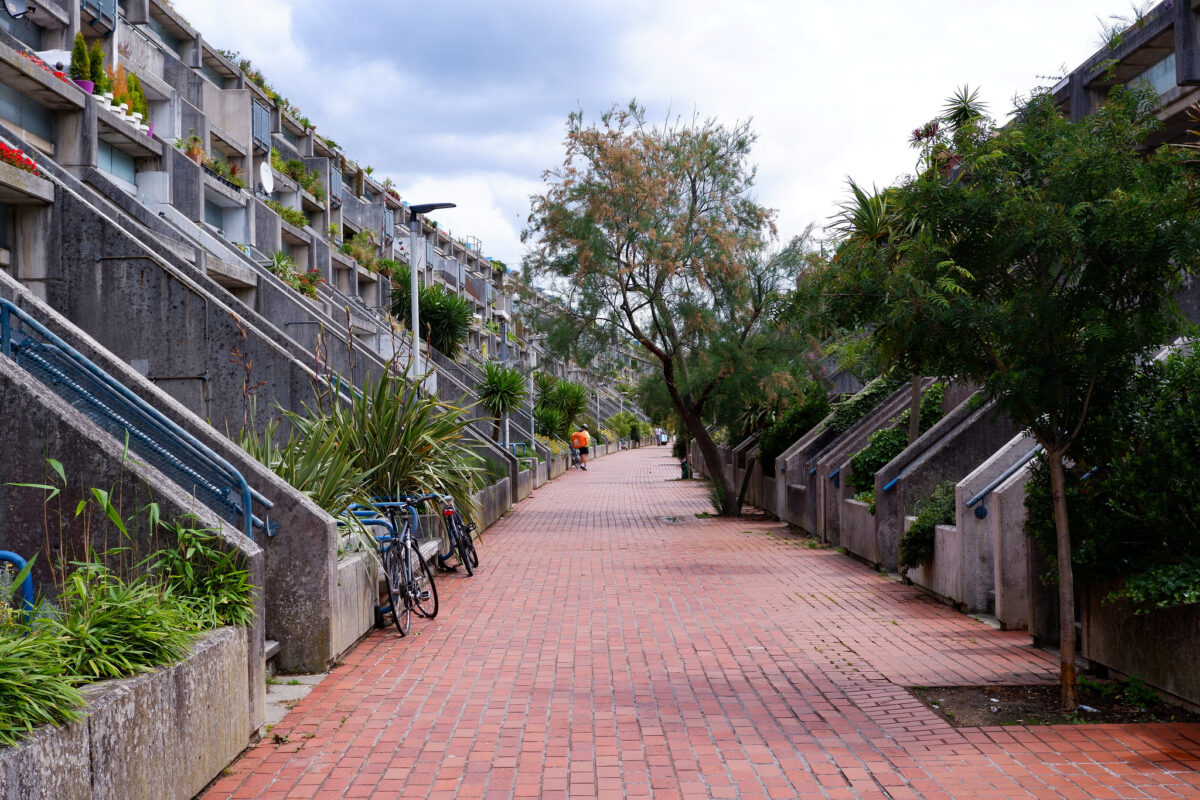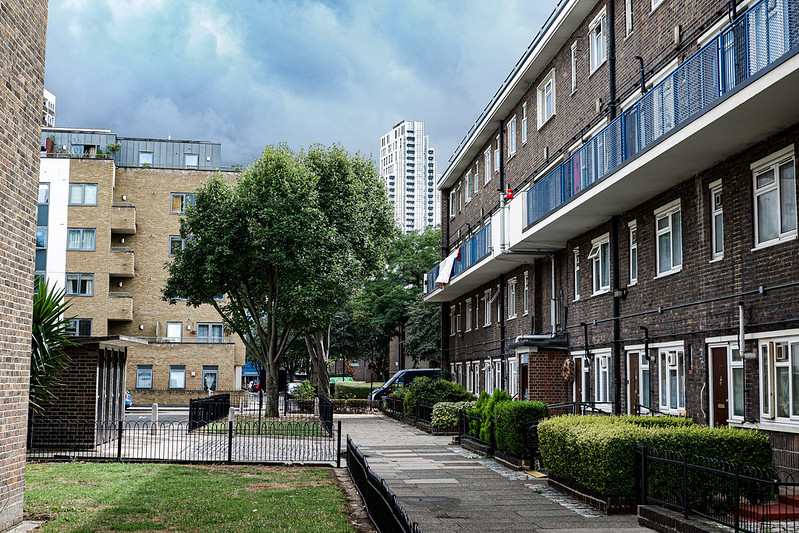The Section 106 (S106) planning obligation system has long been the backbone of affordable housing delivery across England. Yet, far from being the robust solution we need, it has morphed into an inadequate sticking plaster, barely concealing a profound crisis in genuinely affordable, social rented housing. The more reliant we have become on S106 agreements, the fewer homes we’ve actually delivered. It’s high time we confronted the reality: our dependence on developer-led contributions is fundamentally failing to deliver the homes communities desperately need.
First conceived in the 1990 Town and Country Planning Act, S106 was originally intended to mitigate the localised impacts of new developments—addressing pressures on local infrastructure like schools, healthcare, and transport. Generally, there are two ways to fund social and affordable housebuilding: through government spending via grants or loans, or through developers’ contributions. However, over time, as state-backed social housing provision shrank dramatically, S106 evolved far beyond its initial scope, becoming a primary vehicle for affordable housing supply. Today, it accounts for a staggering 38% of social homes and half of all affordable homes delivered annually. But instead of a sign of success, this reliance reveals a deeply flawed approach.
The current mechanism incentivises developers to prioritise ambiguous and often less suitable housing tenures such as shared ownership or ‘affordable rent’—both considerably less beneficial than genuinely affordable social rented homes. Worse yet, developers frequently opt out of construction obligations altogether, preferring financial payments to already overburdened local authorities with little capacity to use this funding to build. Indeed, while the government’s recent pledge to recruit an extra 300 local planning officers is a positive step, it falls significantly short, replacing fewer than one in ten of the planning positions cut throughout the 2010s. This leaves local authorities severely under-resourced to effectively manage and enforce S106 obligations.The result is clear: fewer actual homes and a deepening crisis.
The viability assessment process, designed to test whether developers can meet planning obligations without compromising profits, has further exacerbated the problem. Despite high-profile cases—like the infamous Battersea Power Station development—raising awareness of exploitation, the truth is that these viability assessments routinely undermine local authorities. Too often, developers reduce or even eliminate their affordable housing commitments entirely by claiming financial unfeasibility. This opaque and subjective process means fewer social homes are built, and crucial opportunities for alleviating housing pressures are lost, often permanently.
Ironically, the reliance on S106 has only deepened since government funding for social housebuilding was drastically cut post-2010. With austerity measures stripping away substantial grant-funding streams, we increasingly looked to developers’ contributions as a makeshift replacement. But the numbers don’t lie. While government targets aim for 300,000 new homes annually, just 7,500 social homes were built in England in 2022/23, down alarmingly from nearly 40,000 a decade ago. Even more starkly, Right to Buy alone axed more than 14,000 social homes out of circulation in the same period, meaning we have had a net loss in social housing stock. Clearly, our existing approach is broken, underlined by the fact that the more we’ve depended on developer contributions, the fewer genuinely affordable homes we’ve managed to produce.
But diagnosing the problem is just the first step. We must urgently pursue substantial reforms to the S106 framework, starting by prioritising the construction of genuinely affordable social rented homes within all agreements. Introducing a mandatory minimum percentage of 15% for social rent tenures within S106 obligations would directly counter developers’ preference for less socially beneficial tenures or financial opt-outs. This simple measure would clarify obligations, remove ambiguity, and most importantly, deliver the genuinely affordable homes that communities across the country desperately need.
Additionally, we must reform the viability assessment process fundamentally. Transparency must become mandatory, and local authorities need enhanced powers and resources to scrutinise developers’ claims effectively. A revised, robust viability framework would prevent abuse, accelerate negotiations, and ensure that developments truly contribute to local housing needs rather than merely inflating developers’ bottom lines.
These immediate reforms are essential but insufficient on their own. Ultimately, the underlying crisis in social housing demands a significant increase in direct government investment. We must look to the next phase of the Affordable Homes Programme, as well as the new £2bn boost, as an opportunity to refocus explicitly on social rented housing. A clear national target backed by meaningful public investment could not only reduce reliance on developers but would restore the stability and predictability required to deliver social housing at scale.
The stakes could hardly be higher. Without these reforms, the government’s ambitious housing targets will remain forever out of reach, and our housing crisis will only deepen. The reliance on a failing S106 system is simply unsustainable. It’s time we embraced a more ambitious, government-backed strategy for social housing delivery—a strategy that prioritises homes over profits, transparency over obfuscation, and genuine affordability over sticking plasters. Only then can we build the future our communities truly deserve.




